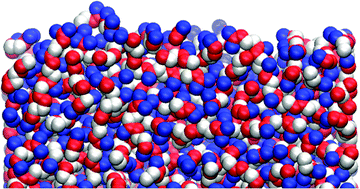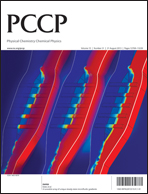Inelastic scattering of OH radicals from liquid surfaces has been investigated experimentally. An initially translationally and rotationally hot distribution of OH was generated by 193 nm photolysis of allyl alcohol. These radicals were scattered from an inert reference liquid, perfluorinated polyether (PFPE), and from the potentially reactive hydrocarbon liquids squalane (C30H62, 2,6,10,15,19,23-hexamethyltetracosane) and squalene (C30H50, trans-2,6,10,15,19,23-hexamethyltetracosa-2,6,10,14,18,22-hexaene). The scattered OH v = 0 products were detected by laser-induced fluorescence. Strong correlations were observed between the translational and rotational energies of the products. The high-N levels are translationally hot, consistent with a predominantly direct, impulsive scattering mechanism. Impulsive scattering also populates the lower-N levels, but a component of translationally relaxed OH, with thermal-desorption characteristics, can also be seen clearly for all three liquids. More of this translationally and rotationally relaxed OH survives from squalane than from squalene. Realistic molecular dynamics simulations confirm that double-bond sites are accessible at the squalene surface. This supports the proposition that relaxed OH may be lost on squalene via an addition mechanism.


 Please wait while we load your content...
Please wait while we load your content...